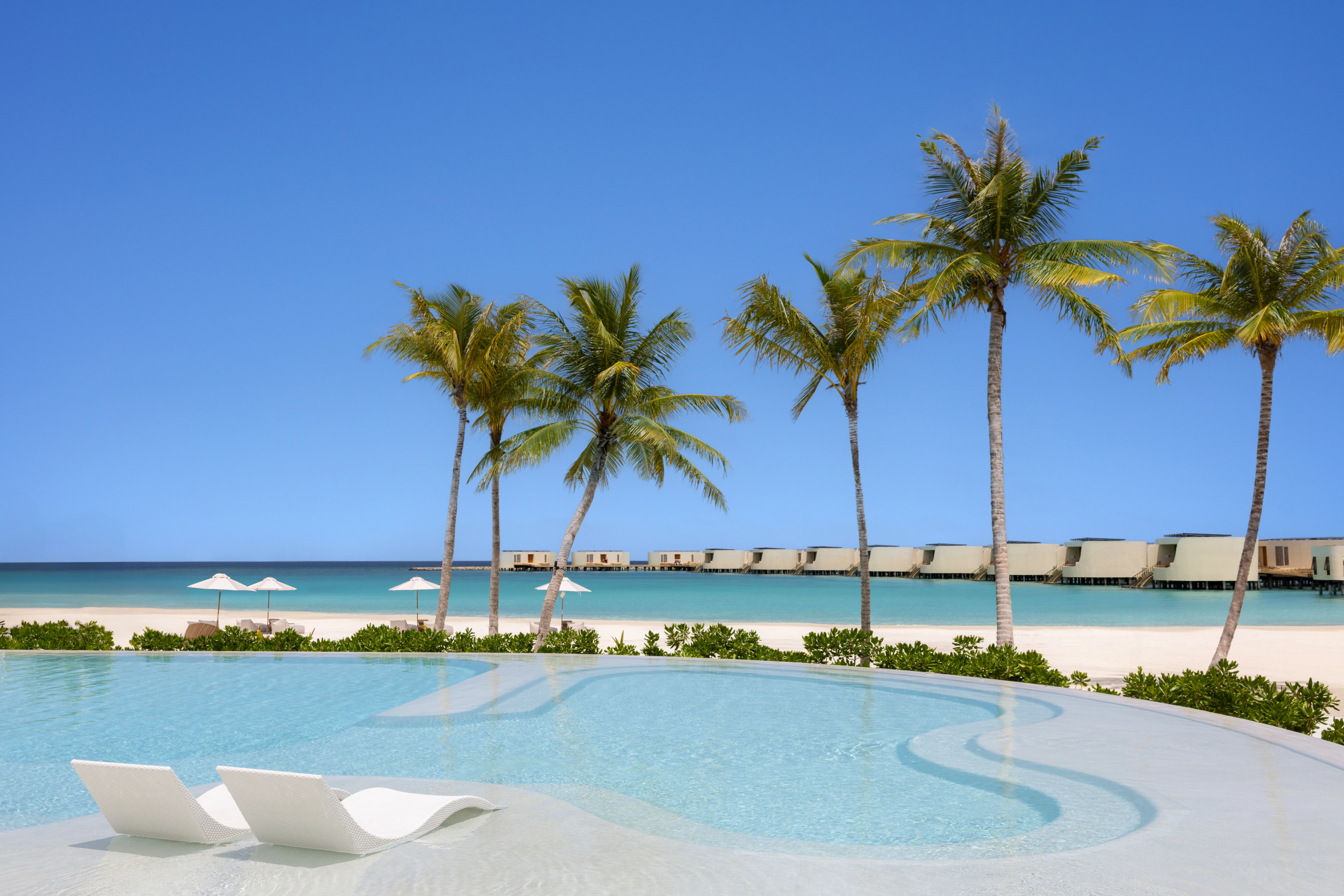Adobe has revealed its Adobe Digital Index (ADI) 2017 Online Travel Industry Report, projecting continued growth for online travel spend this summer.
This is despite uncertainty surrounding the UK’s decision to leave the European Union, a weaker Pound and rising inflation.
Online travel in the UK saw 14% year-on-year growth in the period of January to March 2017, with international and domestic flight reservations made by UK travellers increasing 1.8 times since January 2015.
Across the continent, online travel spend for flights and hotels is expected to total nearly €70 billion this year, with the summer period accounting for €19bn.
Cruises appear to be the big travel winners this year with visits to cruise websites almost doubling in the last three years. However, car rental companies are not faring as well, with a 14% decrease in rentals recorded year-on-year in Q1.
In terms of the best times to get a good deal on a holiday, the data revealed that the optimum time to book a flight is 36 days beforehand, regardless of whether it’s international or not.
Booking slightly sooner, 29 days in advance, helps secure the best price on hotels. January to March is the most popular time to book a cruise.
For Britons, Spain is a top European summer holiday destination, followed by Italy and Ireland. Those heading further afield opted for the US, Morocco or Canada, even though the US is 9.7% more expensive to visit than last year.
Social media is proving an important source for holiday inspiration, with an average of 14 million mentions each month on travel. Hashtags #adventure, #travel and #bucketlist remain popular throughout the summer months.
Sustainable travel also performed better than expected on social media in January this year by 46%.
Further social analysis shows that crossing countries off the bucket list and experiencing culture remain the top reasons to travel across the globe, above relaxation. But, looking at data from Adobe Stock, the marketing and creative community still searched and downloaded classic relaxation-related imagery of beaches and nature to inspire people to travel.
The growing trend of travel companies using new technologies to attract customers is also apparent. Augmented reality and virtual reality (VR) had a 13% year-on-year increase in holiday mentions, and mentions of wearables increased by 44%. This has been supported by the launch of new travel wearables like Princess Cruise’s Ocean Medallion wristband in January this year.
John Watton, senior marketing director EMEA, Adobe said: “Holidays are the epitome of experience, but marketers mustn’t assume that the experience begins when a customer boards the plane. It starts from the very first interaction the customer has with their brand. Analysing the underlying trends that motivate customers’ travel decisions is a great opportunity for travel businesses to build customer experiences across multiple channels, from mobile and online, VR experiences in the store, to the wearables that customers take on the trip with them. If marketers can create experiences that are inspiring, relevant, and targeted to their audiences across all touchpoints, they’ll be taking their customers on more journeys than one.”





















